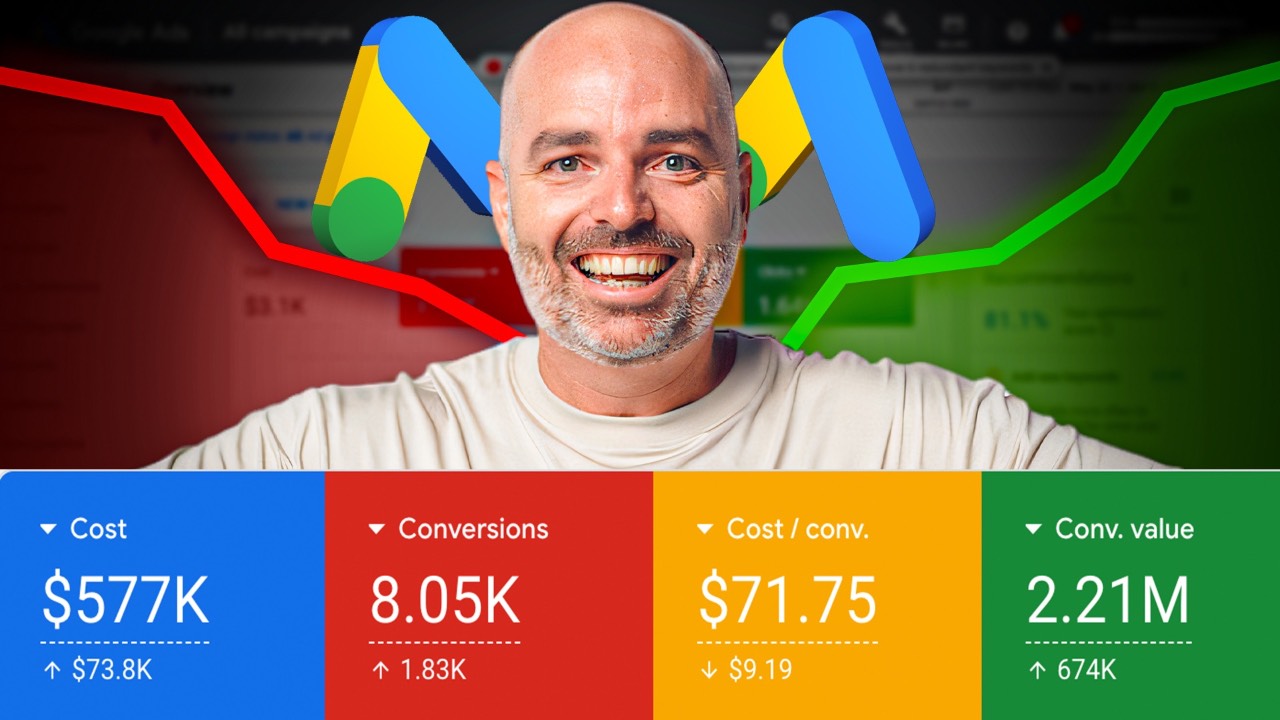
Auditing your a Google ads Account
Oct 22, 2025If you are not seeing the sales or conversions your business needs, it does not mean that Google Ads does not work for your business.
In most cases, it means that your account settings and structure are not configured correctly for success.
In this guide, I will take you through the three-step process we use at Define Digital Academy to audit a Google Ads account — the same process that has helped clients increase sales, cut wasted spend, and improve lead quality.
You can use this process if you are:
-
Taking over management of an existing Google Ads account
-
Troubleshooting poor results in your own account
The 3-Step Google Ads Audit Process
-
Complete a Technical Audit
-
Complete a Performance & Results Audit
-
Decide What Changes to Make
These three steps will show you exactly where your account needs improvement and how to take action.
👉Stop Wasting Money on Google Ads [Our Audit Process]
Step 1: Complete a Technical Audit
A technical audit focuses on reviewing every element of your account’s setup to find anything that may be limiting performance.
Check the following:
-
Account settings: Time zones, conversion tracking, linked accounts
-
Campaign settings: Locations, bidding strategies, and ad schedules
-
Keyword targeting: Match types, negative keywords, and structure
-
Bidding: Review bidding strategies for accuracy and data sufficiency
The goal is to ensure every setting aligns with your goals. Incorrect setup can block Google’s algorithms from learning effectively or waste ad spend.
Step 2: Complete a Performance & Results Audit
Once your technical setup is verified, analyze performance data to find what’s working and what’s not.
Look for three types of campaign outcomes:
1. Strong performers:
-
High conversions and low search impression share
-
Action: Increase budget or duplicate success in new campaigns
2. Underperformers:
-
Low conversions and high spend
-
Action: Reduce spend or optimize targeting and ad copy
3. Hidden opportunities:
-
Average or high conversion rates but low spend
-
Action: Increase spend or create new ad/asset groups
This step helps you prioritize where to focus and how to allocate your budget effectively.
Step 3: Decide What Changes to Make
Turn your audit findings into an actionable plan.
We use a Traffic Light Action Plan to prioritize updates:
-
Red: Urgent changes or issues that are hurting performance
-
Orange: Important optimizations to complete soon
-
Green: Successful campaigns or elements to maintain and scale
Document these actions to track progress and measure improvements after implementation.
Real-World Results from the DDA Audit Process
-
An eCommerce business in Australia grew from 20 to 40+ daily sales
-
A contractor in the USA reduced ad spend by $5,000 per month while increasing lead volume
-
An online counselling professional in Australia doubled daily new clients from 3 to 6 in under 60 days
These results come from auditing, restructuring, and applying the right optimizations—not spending more money.
Conclusion
Auditing your Google Ads account is the fastest way to uncover what is holding your results back.
By completing these three steps, you can identify weak points, improve efficiency, and start generating consistent, profitable results.
If you are ready to get expert help and see similar improvements, apply for DDA On Demand below.
FAQ
Why should I audit my Google Ads account?
Regular audits reveal issues with setup, tracking, and bidding that could be wasting your budget or limiting performance.
How often should I audit my account?
Every quarter or whenever you see a drop in conversions, cost efficiency, or lead quality.
What is a Traffic Light Action Plan?
It’s a method of organizing audit findings by urgency: red for urgent, orange for important, and green for maintain or scale.
Do I need to change everything after an audit?
No. Focus on fixing errors first, then adjust campaigns that show potential improvement.
Can a small business run a Google Ads audit?
Yes. Even small accounts benefit from basic audits to ensure settings and keywords are aligned with goals.

